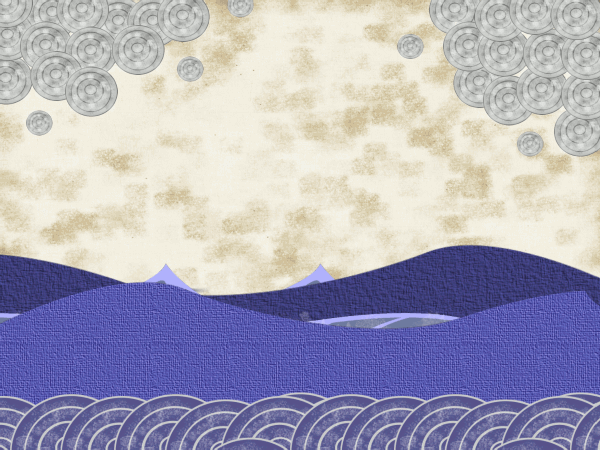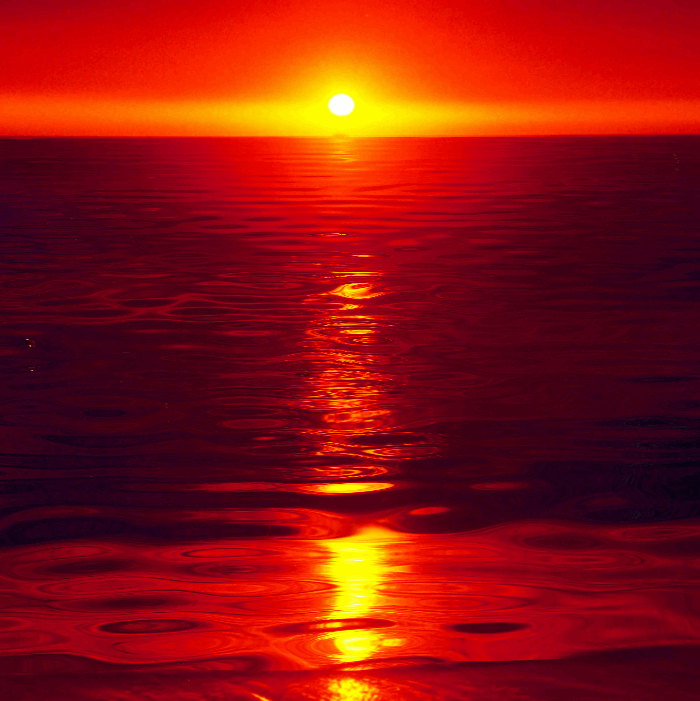Once I actually got started on my animation, I realised that I'd forgotten one huge thing; I don't know how to animate water.
This meant that I'd have to figure it out soon, because it could affect the whole visual style of my animation. I tried two styles to attempt to animate. I didn't like the way that either of them worked, so I decided that I should find some examples of animated and real water to get a feel for the movement and how people show this in animation.
 |
| Gradients and vectors |
 |
| Pastel brushes with block colour in foreground |
Research;
I really love how this gif moves, with the different layers of water moving in different ways and at different speed. It gives a good sense of depth, and how different volumes and speeds of water moves. This is something I don't think I could try in Photoshop though, which is what I was planning on doing all of my animation in, since I have access to it at home. I might try this style in the future with Flash or After Effects if I need to try it again.
The soft ripples of the ocean in this gif is like the speed and movement of water that I'm intending to have for a lot of the sea in my animation. However, there is a lot of detail here, and to get a smooth animation with that much animation for about 15 would take me way to long to learn, never mind actually manage to make.
Oceans from
Sol Linero on
Vimeo.
This video uses similar techniques to the first gif to show waves, using very different textures to make ii seem a lot less 'cartoony', although the water at about 0:55 seconds and at the end does seem to be a lot more in the style of the first gif. Still, these look like techniques that would be hard to recreate in Photoshop.
 |
| Steven Universe |
Steven Universe is a show that I get a lot of inspiration from, and I would love to use the kind of style that they use, but I could find any examples of the sort of water movement I wanted, so it made trying to animate the water like this a lot trickier.
 |
| Left: Lilo and Stitch | Right: The Little Mermaid |
My first thought was to look at certain Disney films that involve a lot of water, but I forgot that a lot of their backgrounds are painted and involve the sea. In certain parts where the sea was animated separately and was not a part of the background, the movements were too faint compared to what I wanted. I was half tempted at this point to just keep the water still, but I didn't think it looked as good that way.
 |
| Avatar: The Last Airbender |
Avatar has another style I wanted to use, but their waves were much more violent than I wanted, so that was out of the question.
 |
| Cocoon - Dee Doo |
I really like the style of this water, but it doesn't really work for the sea. I would be very tempted to try out this way of animating water if I can something river or stream like in a future project.
 |
| Cocoon - Dee Doo |
This style uses Flash or After Effects again, even though it was a lot closer to the kind of movement I wanted. Next time I will find a way to be able to use more than one kind of application to animate so that I'm not as limited in what I can animate.
 |
| Marine Management Organisation |
This also works for what I wanted but again, it wasn't something I could make Photoshop.
 |
| Ponyo |
After asking around, I managed to find another animation that movement on the sea, but wasn't violent waves. I decided to try this out, and it was a lot easier to animate movement than the other style. I'm still not 100% happy with how it came out, but at least it is a start, and next time I will give myself more time and and access to other problems to tackle things like this a lot easier.
 |
| My finished animation |

































